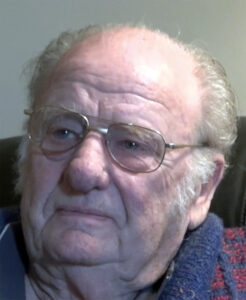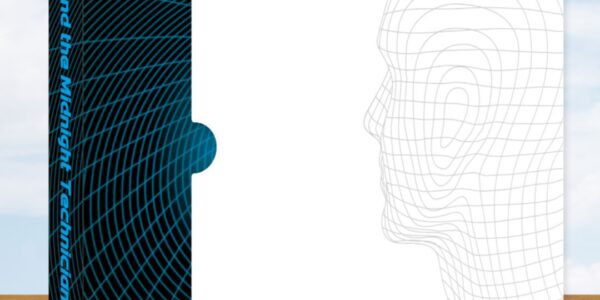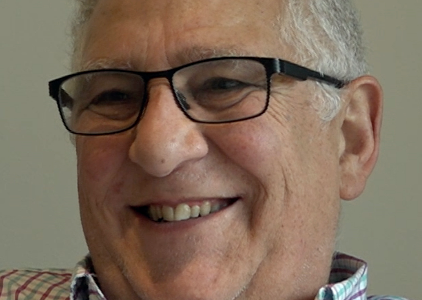Vale Bruce Marland Humphreys — a true Australian pioneer
- PostedPublished 1 February 2021
An Australian mobile air conditioning pioneer who once claimed his company was the biggest air conditioner of ambulances in the world, Bruce Marland Humphreys, head of the former Melbourne automotive empire of Marlandaire died on 14 January this year.
The claim has not only gone unchallenged, but reading Marlandaire’s client list confirms that the company Bruce steered from the early 1950s, through to its demise in the early 1990s was the first to assemble the most proficient air conditioning design and installation team in Australia that attracted the attention of the highest levels of government, defence, maritime, agriculture and most of the leading car brands. The company became a significant OEM supplier for brands such as Mercedes-Benz, Ford, Holden and Porsche.
Because of its ‘we can do anything’ attitude, Marlandaire under Bruce Humphreys grew rapidly, and in company with his brother Frank and under the ever-watchful eye of TJ Marland, the founder of the auto empire, it had offshoots including panel shops, towing, a taxi fleet, LPG installations, mechanical workshop, accident investigations and engine kits and bracket manufacturing.
Their customer list ranged from national institutions including the Australian Armed Forces, Australia Post, Telecom, the ambulance services and a long list of government departments and local councils. They designed some of the earliest air conditioning units for farm and heavy industrial machinery, the stevedoring industry, most of Melbourne’s vehicle dealerships, coach makers and special project teams such as Porsche Australia and the Holden Dealer Team.
In a 2014 interview for the VASA History Project, Bruce Humphreys painted a vivid picture of the early years of mobile air conditioning – ‘We didn’t know where to go to buy anything. There was nobody here but Mark IV, and they didn’t want to know us because we didn’t attend the Mark IV school. They said we didn’t know anything about air conditioning.’
As it happened, Mark IV and Marlandaire, between the two of them, virtually dominated the market longer than most of the other mobile aftermarket air conditioning companies in Australia.
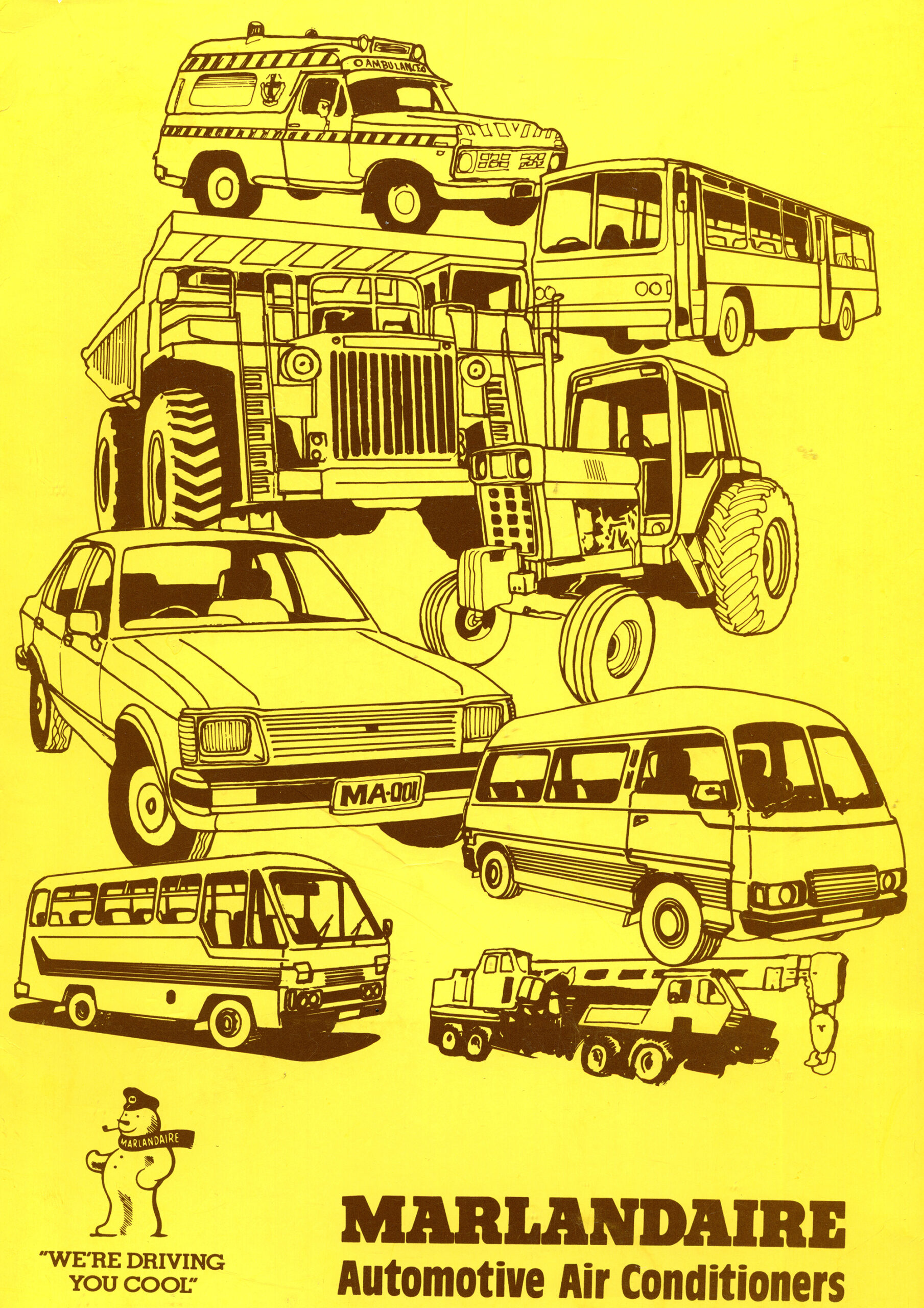
Among Bruce’s claims to fame – ‘We were the biggest ambulance air conditioning people in the world, we air-conditioned every Falcon prototype, almost every F100 in Australia had our air conditioning installed.’ At the peak, Marlandaire was air conditioning ambulance vehicles at the rate of eight a week.

Marlandaire air-conditioned the bulk of the forklifts and cranes on the Melbourne waterfront, for many years designed and installed the air conditioning for the pilot boats operated by the Port Phillip Sea Pilot Service, and even supplied parts for helicopter air conditioning and once installed fans in a blimp.
By its accumulation of knowledge, Marlandaire virtually wrote many of the specification documents for contracts it was subsequently awarded. The company also exported to New Zealand, Fiji and Japan.
As Bruce himself said, ‘You couldn’t buy the knowledge we had. We took the view that there was nothing we couldn’t get around, over, or through. No matter who walked in the door, I always said ‘yes, we can do it’ – not knowing at the time whether we could or couldn’t.’
Yet Bruce was the first to admit that ‘If you asked me how to charge up a system I wouldn’t have a clue how to join up hoses, but I could tell you how to fix it.’
The enormous amount of design and installation work that Marlandaire generated put a lot of money into other pockets. In the 1950s, everything was new. If they couldn’t source components for air conditioning installations, the Marlandaire designers set to and made them in-house. They had their own vacuum forming machine and that gave them a leading edge so early in air conditioning history so that they could fashion a variety of components for any vehicle.
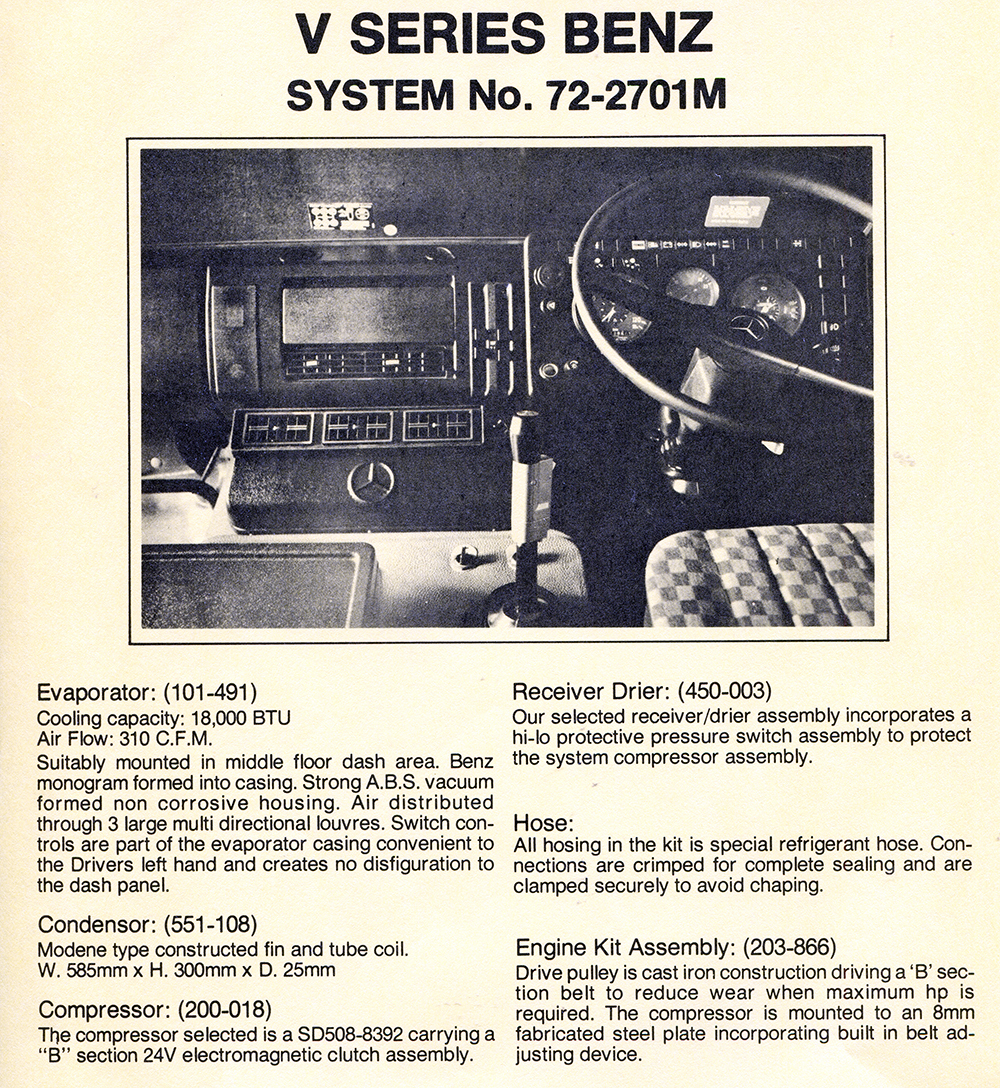
Bruce Humphreys established relationships with a number of other pioneers, among them some of the Texas USA notables such as Jack Durrett of Climatic Air, Danhard and others in the Dallas area. He also bought components from Japanese pioneer Tetsuo Nobata, founder of Unicla, Ralph Cadman of Unicla Australia, Brisbane-based Cooltemp, Sanden Australia and another Australian pioneer John Blanchard Senior of Melbourne.
Marlandaire acquired the Sydney mounts and pulleys manufacturer, Mapco in the 1980s, but it failed shortly before Marlandaire closed its doors in the early 1990s when factory-installed air had overtaken the aftermarket design and installation trade.
Bruce, however, doesn’t deserve all the credit. The business was named Marlandaire after the auto pioneer Francis Jonathon Marland, whose sister had married a man called Humphreys and whose two sons, Bruce and Frank were given plum responsibilities in the growing Marland auto empire. Bruce’s two sons, Peter and Trevor also had big roles in the growth era and Trevor is still in the business today as a branch manager for the national CoolDrive Auto Parts group. Peter was responsible for many of the early air conditioning system designs.
It was FJ, as he was known, who was the visionary who started the aircon business as an extension to a wide variety of other extremely successful automotive and allied businesses. He had begun with a small taxi service, which soon blossomed into a significant automotive and property empire.
Those who knew Bruce Humphreys will attest to his no-nonsense competitive business attitude. He guarded Marlandaire’s expertise zealously. He became disillusioned dealing with international brands after he realised that after inviting Marlandaire to design and prototype an air conditioning system for an agricultural machine made in England, their design was simply copied and the machines were imported back into Australia fully equipped with the Marlandaire system, for which they had received no contract. In his eyes, they had stolen his design.
He recalled telling one German tractor manufacturer, ‘I give you a sample and you bastards pinch it and send it back to Germany and it comes back here as an OEM supplied kit and I can do nothing about it.’ When the company offered to pay for the design, Bruce said, ‘You couldn’t pay enough money for what we do.’ When asked how much was ‘enough’, Bruce replied, ‘three-quarters of a million dollars.’ The deal didn’t go through, but Bruce had saved his design.
Let him have the last word: ‘People cannot believe the stuff we did.’
- CategoriesIn Latest News
- TagsHistory, Obituaries, VASA

